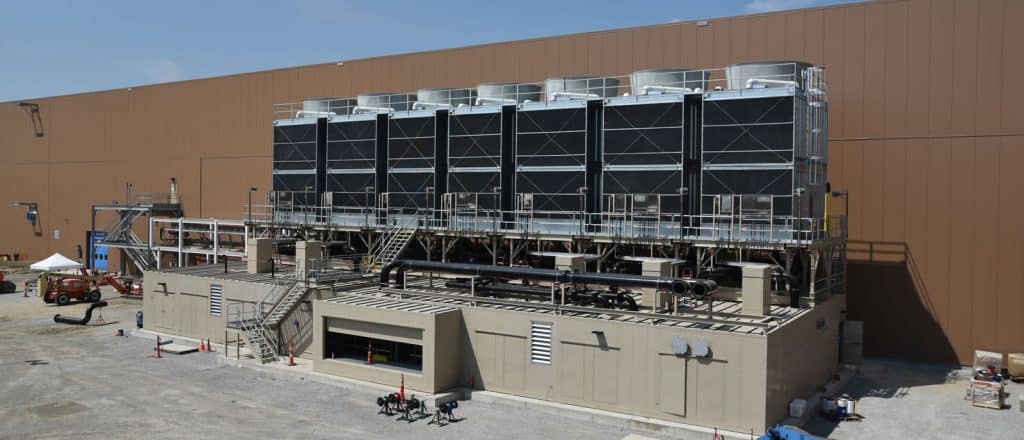Anyone familiar with modular construction, or our previous Epsilon posts for that matter, is aware of the typical value proposition: compressed schedule, cost certainty, and reduction in field labor. These attributes have been and will continue to be strong drivers in the proliferation of modular construction, but new tailwinds are emerging; a handful with particular relevance to financial decision-makers.
 We have all witnessed the technology industry shift toward service models, “as-a-service,” or XaaS. Perhaps a better way to frame this in the context of modular central utility plants would be, “Flexible consumption models,” or FCMs. Many organizations would rather spend their capital investing in core business activities than mechanical or electrical infrastructure at their facilities. Many verticals – including pharmaceuticals, life science, data centers, even healthcare – are investigating new methods of transitioning the capital costs of their utility systems into operating budgets.
We have all witnessed the technology industry shift toward service models, “as-a-service,” or XaaS. Perhaps a better way to frame this in the context of modular central utility plants would be, “Flexible consumption models,” or FCMs. Many organizations would rather spend their capital investing in core business activities than mechanical or electrical infrastructure at their facilities. Many verticals – including pharmaceuticals, life science, data centers, even healthcare – are investigating new methods of transitioning the capital costs of their utility systems into operating budgets.
There are several ways to accomplish this shift; third party financing, build-operate-own-maintain (BOOM), utilities-as-a-service, performance contracting, etc. And all of these strategies are easier to use when a modular central utility system is provided. Modular systems are generally very separated from the rest of the building, unlike a traditional field-built system that is challenging to untangle from a cost and contractual perspective. Modular central utility plant providers are also capable of turnkey installation, further compounding the ease of cost and contract segregation.
The federal government is also playing a role, in the form of the Energy Efficient Qualified Improvement Property (E-QUIP) Act, which was just introduced in the house by a bipartisan group of lawmakers. This law, once passed, will enable building owners to take a 10-year straight-line depreciation expense for high-performance energy-efficient building components. While this tool could be used for energy-efficient equipment in a field-built structure, the owner could expand the scope of the accelerated depreciation expense by utilizing the type of modular prefabricated infrastructure discussed here.
The adoption of modular construction is not going to slow down. Commercial and regulatory dynamics are evolving to find new ways of enabling owners to take advantage of modular construction strategies. Compressed schedules, cost certainty, and reduced field labor requirements were the drivers that spurred modular technology, but new business models and financial tools will speed adoption and uncover new use cases.

